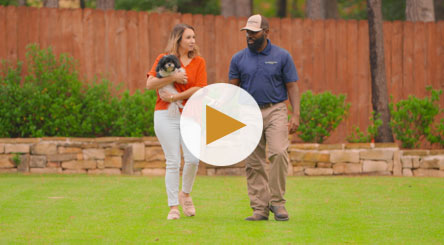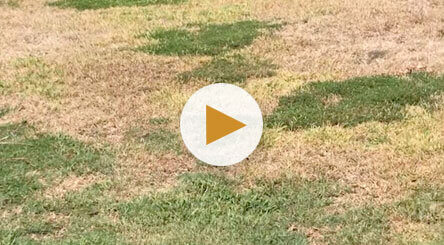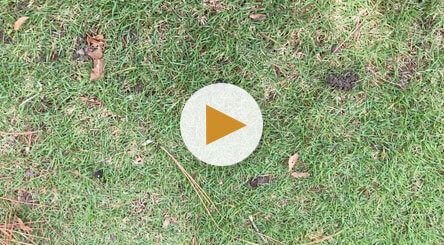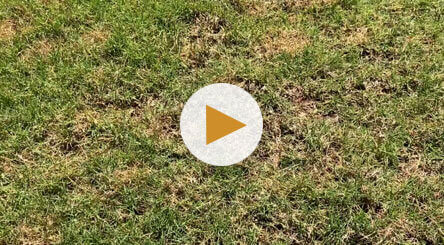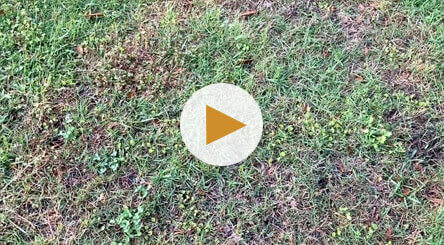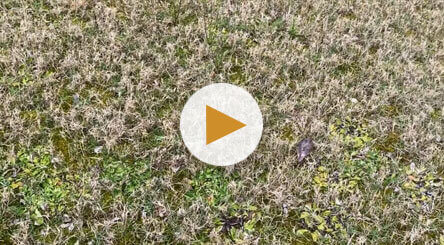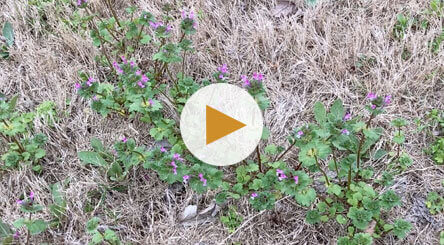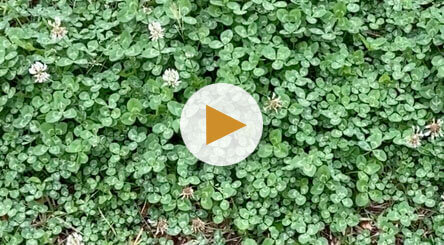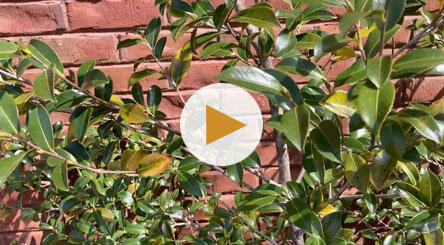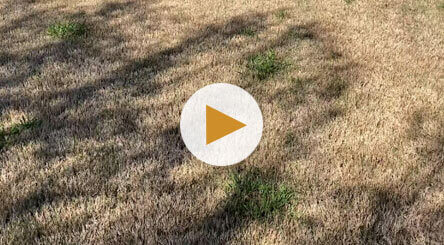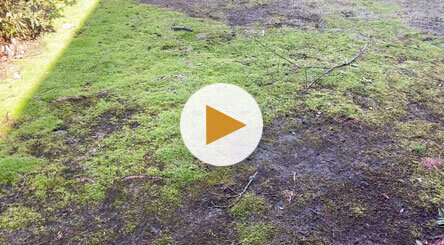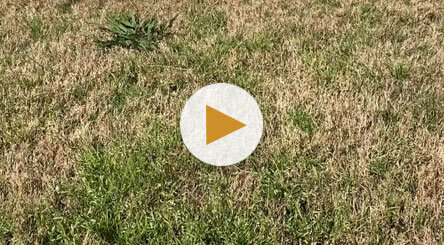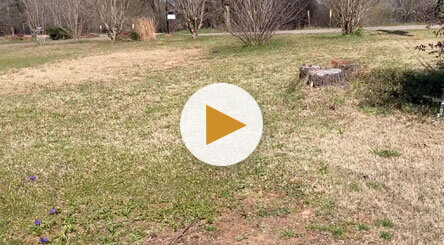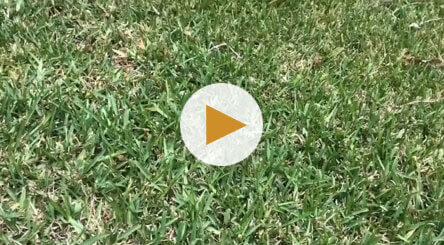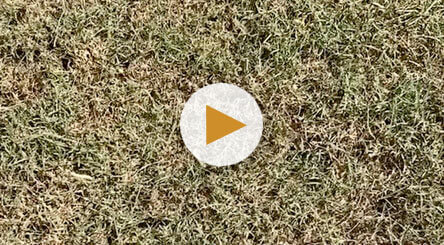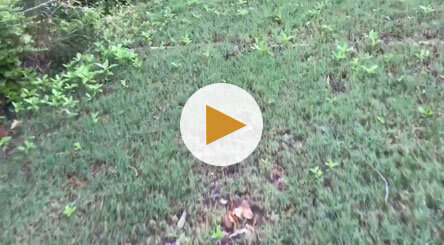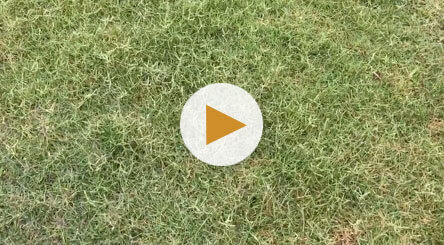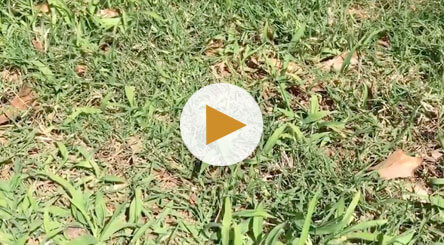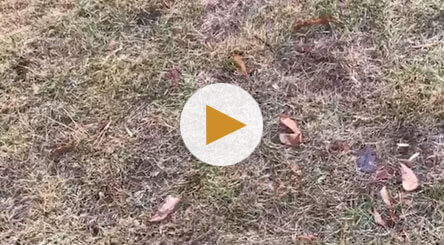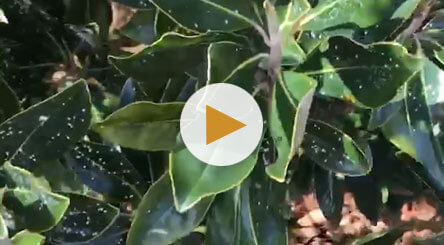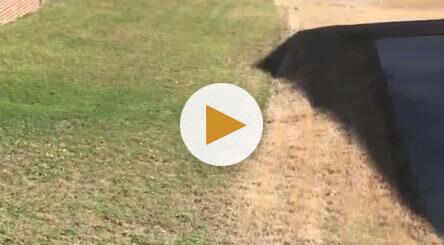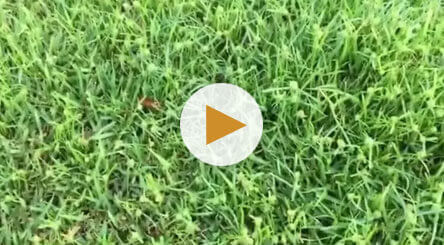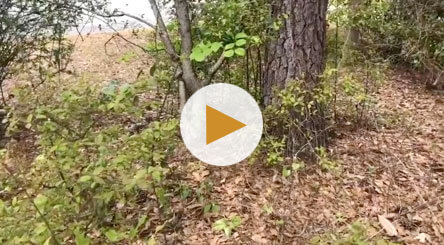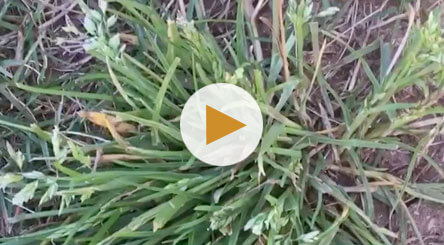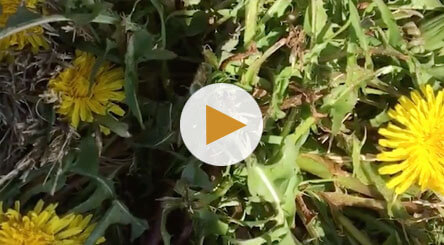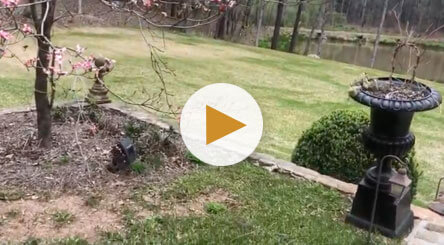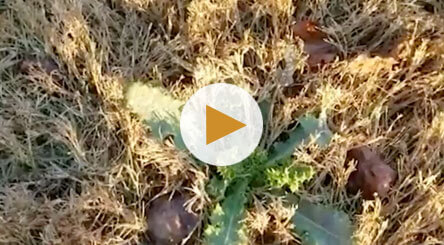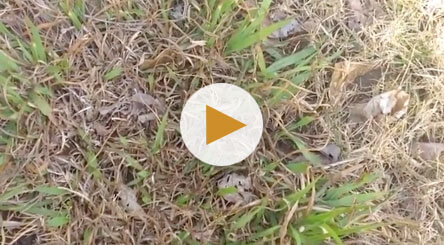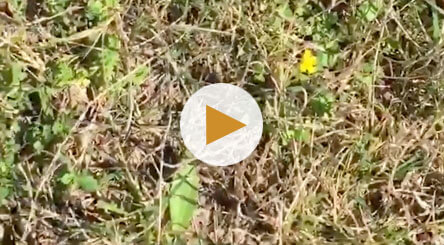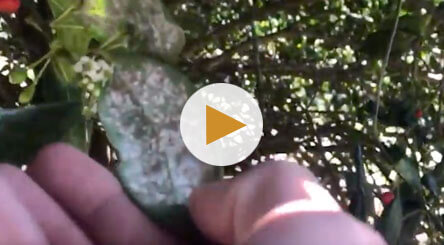Lawn Care Videos
At Southern Lawns, we look after your lawn like it’s our own. To help you maintain your lawn between our visits, watch our collection of lawn care video tips. From helping you identify common diseases and pests to keeping your ornamental trees and shrubs looking their best, we’ve got you covered.
Southern Hospitality
There's hospitality, and then there's Southern hospitality. There are lawns, and then there are Southern Lawns. If you don’t have a Southern Lawn, you don’t know what you're missing.
Southern Rock
The Southern Lawns team is known for our local expertise, superior service, and quality lawn treatments – all delivered with a big dose of honest-to-goodness neighborly love.
Southern Lawns Values
Life in the south is different than in other places. We honor our family. We trust our neighbors. We take pride in our work. If you’d like your lawn to reflect these values, contact the folks at Southern Lawns. Call us for our lawn care and keep us for our people.
How to Identify and Treat Cinch Bugs
Cinch bugs can do massive damage to your lawn. They thrive in hot, sunny conditions, sucking sap out of grass. Even worse, these pests inject toxic saliva into grass stems as they feed, making the blades turn yellow and then brown as they die. Southern Lawns offers insecticides that can help control existing chinch bug populations and prevent new ones.
How to Identify and Treat Mole Cricket Damage
Mole crickets are highly destructive, sub-surface pests that cause extensive damage to turf. Some species harm turf through tunneling and uprooting grasses, while others feed heavily on roots and shoots on the surface. Damage begins in early spring but often goes unnoticed until late summer, when dead and dying grass becomes visible.
How to Identify and Treat Dollar Spot
Dollar spot is characterized by small round spots that are straw-colored or look like they've been bleached. This fungus thrives in turf that lacks nitrogen and usually appears between late spring and late fall, especially after a period of extremely moist weather. Heavy fertilization can help control this fungus, but severe cases may require a fungicide treatment.
How to Identify and Treat Brown Patch in Centipede Turf
Brown patch is a fungus that attacks all types of lawns but most seriously threatens centipede grass. Symptoms include circular areas that vary in color from brownish to grey and in diameter from a few inches to several feet. Appearing in spring and fall when temperatures are mild and moisture is abundant, it spreads rapidly. Southern Lawns can help eradicate it with a series of fungicide treatments.
Spring Weeds and Mowing
Weed control and mowing go hand in hand. Once weeds are treated with an herbicide, they will begin to turn brown within several weeks. They frequently remain standing. but the color change means they are severely stressed. If they are mowed immediately, they will take in more herbicide and die off sooner.
How to Identify and Treat Henbit
Henbit is a common winter annual weed that can be found in most areas of the U.S. It invades thin, weak lawns and can quickly take them over. Henbit is tall and green, with either heart-shaped or round leaves, and produces small lavender flowers in the spring.
How to Identify and Treat Clover
Clover is a perennial weed that grows easily in moist areas. This shallow-rooted wild plant, found throughout the U.S., competes for space and nutrients with cultivated plants, usually your turf grass. Clover can be controlled with both pre- and post-emergents, so if you notice little white flowers in your yard with bees active around them, call Southern Lawns right away!
How to Identify and Treat Scale on Camellias
Scale insects damage plant tissues by sucking out the sap, robbing them of vital nutrients. When these pests attack, plant growth is stunted, leaves may develop yellow blotches, the branches may die, and some or all of the leaves may fall off. Southern Lawns can treat this issue with an insect spray that is absorbed by the plant and kills off these pests.
How to Identify and Treat Dallisgrass
Dallisgrass is one of the most difficult weeds to control in the Southeast. It grows in bunches, has a coarse texture, and produces unsightly seedheads. Because the root system is so extensive a pre-emergent will not completely stop it. A combination of hand-pulling and selective herbicides is the best way to control Dallisgrass.
Ground Moss from Poor Drainage
Ground moss can be caused by poor drainage, air circulation along with an excess of shade. This combination thins out grass in an otherwise healthy lawn and moss moves in. The best strategy to eradicate moss is to rake, then saturate it with a simple solution of water and dish soap. To help ensure moss won’t return the next year, cut back tree limbs, ensure proper drainage or aerate to reduce compaction.
How to Identify and Treat Poa Annua
Poa Annua,one of the most common grassy weeds in the United States, germinates in late summer or early fall. The seedlings grow throughout the fall and then flower the following spring. It usually dies off in the summer when the weather gets hot, leaving bare spots behind. To keep it out of your lawn, we will apply a grassy weed treatment.
Spring Weed Freedom
Does your lawn look like the one on the left in this video? If you are longing for a weed-free yard, contact the experts at Southern Lawns. We offer a series of six weed control and fertilization treatments to help yards reach their green and healthy potential. Each application is customized for the type of grass in your lawn.
Brown Patch in St. Augustine
Large brown spots on St. Augustine grass might be caused by a fungus commonly (and unsurprisingly) known as brown patch. Humid conditions, mild days and cool nights are ideal for the development of this disease. You can reduce the chances that brown patch will appear in your lawn by making sure that your turf has good drainage. Southern Lawns can help by applying a fungicide.
How to Identify and Treat Armyworms
These caterpillar-like pests cause rapidly growing brown patches that can damage a lawn in a matter of days. The sudden appearance of a flock of feasting birds is a sign you may have armyworms. If you are noticing armyworm damage, call us immediately for treatment.
How to Identify and Treat American Burnweed
Beginning in early March, American burnweed may emerge from the top layer of thatch and very quickly take over your entire yard. Because of its shallow root system, hand-weeding or mowing may be enough to control smaller infestations. If the weed has begun to spread, we can treat it with a broadleaf herbicide.
How to Identify 419 and 328 Bermuda Grass
Tifway 419 is a Bermuda grass that is dark green, fine-textured, and extremely traffic-tolerant. Tifgreen 328 is a medium-green, fine-textured Bermuda grass with a high shoot density and a low growth habit. Since the popularity of these hybrids peaked, seed companies have released many other improved Bermuda varieties.
How to Identify and Treat Crabgrass
Crabgrass is a warm-season annual weed. During its short life, a single crabgrass plant can produce up to 150,000 seeds. Southern Lawns can stop germination by applying a pre-emergent herbicide that targets seeds before new shoots can emerge from soil.
Drought Stress on Zoysia Grass
When weather conditions are consistently hot and dry, Zoysia grass is likely to experience drought stress. Small "pits," where blades are noticeably shorter than the rest of the lawn, may form. To address this problem, spread a thin layer of sand over the pits and provide those areas with a little extra water. The affected areas should recover within about eight months.
How to Identify and Treat Scale on Magnolias
White specks on your magnolia trees indicate the presence of scale, insects that consume sap. When these pests attack, diverting vital nutrients. plant growth is stunted, branches may die, and some or all of a plant's leaves may fall off. Our treatment is absorbed by plants and kills scale insects as they feed.
Will My Neighbors' Weeds Come into My Yard?
One common question is about weeds spreading from a neighbors' yard that has not been treated. That is not a cause for concern. When a pre-emergent is applied properly to your yard, it will stop your neighbor's weeds from crossing over.
How to Identify and Treat Yellow Nutsedge
Yellow nutsedge is a rapidly spreading perennial found throughout the United States. It resembles grass but unlike grasses, sedges have three-sided or triangular stems. Sedges often become established in areas with poor drainage and then spread into other such spaces nearby. Control strategies should begin in the spring, after most of its shoots have emerged but before it can produce new tubers.
Brush Control
Our brush control program was designed for open woodland and natural areas that may harbor hard-to-control weeds such as poison ivy, poison oak and greenbriar. Brush Control is a beneficial service that can be added to any of the four Southern Lawns packages.
How to Identify and Treat Grassy Weeds
Bluegrass is one of the most common grassy weeds in the Southeast. Southern Lawns can provide a pre-emergent in early fall to help prevent this weed from appearing in the spring.
How to Identify and Treat Dandelions
Dandelions are a broadleaf perennial that are most abundant in full sunlight. In the early spring, new sprouts emerge and grow yellow flowers that mature into white puffballs. Southern Lawns can remove dandelions in the spring by spraying them with a post-emergent.
How to Identify and Treat Brown Patch in St. Augustine
St. Augustine grass is a warm-season grass that easily keeps most weeds at bay. Unfortunately it is susceptible to brown patches, which most commonly occur in early spring and late fall. Southern Lawns can treat this lawn disease with a fungicide.
How to Identify and Treat Thistle
Thistle can grow in field and road edges, wet and dry sites, pastures and backyards. Tough roots make thistles difficult to control., so as soon as you notice a seedling, pull it out before the roots are well established. Be careful, though, as these seedlings have bristles or spines on their leaves and stems even at early stages. Large thistles can be controlled with a herbicide treatment.
How to Identify and Treat Dallisgrass and Broomsedge
Dallisgrass and Broomsedge are some of the most troublesome weeds in the Southeast. Both form distinct clumps in mowed lawns, with Dallisgrass producing tall, unsightly seed stalks and Broomsedge forming narrow clumps of stems. A combination of hand-pulling and selective herbicides is the best way to control these weeds.
How to Combat Mosquitoes
Mosquitoes thrive in warm and wet climates. Mosquito eggs need water to hatch, so any standing water, like a pool, can quickly become a breeding ground. To help reduce mosquito activity, drain any standing water and clean your pool regularly. Consistent mosquito treatments from April through October will help to significantly reduce their activity.
Combating Weeds in Early Spring
Early spring is a beautiful time of the year, when yards bloom with healthy grass, beds of flowers, and weeds. Common weeds include oxalis, plantain and corn speedwell. To help prevent these weeds from continuing to grow, we can apply a herbicide to your lawn.
How to Identify and Treat Scale on Holly
Scale insects feed on holly by piercing a leaf or stem with their mouthparts and sucking. They are typically found on the undersurfaces of leaves and look like small white bumps. While light infestations of scale can usually be controlled by hand, scale control for heavier infestations generally requires an insect spray to kill both adults and their eggs.



